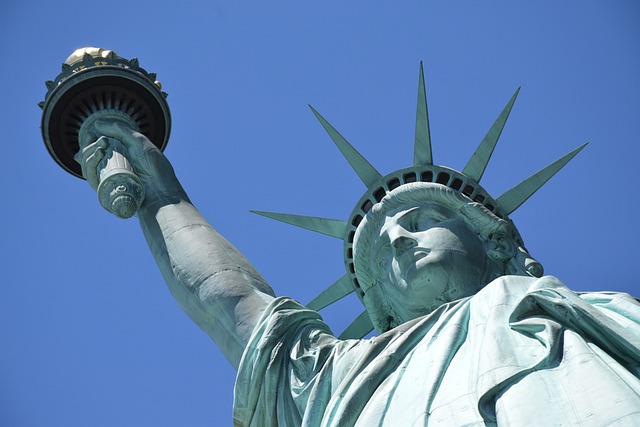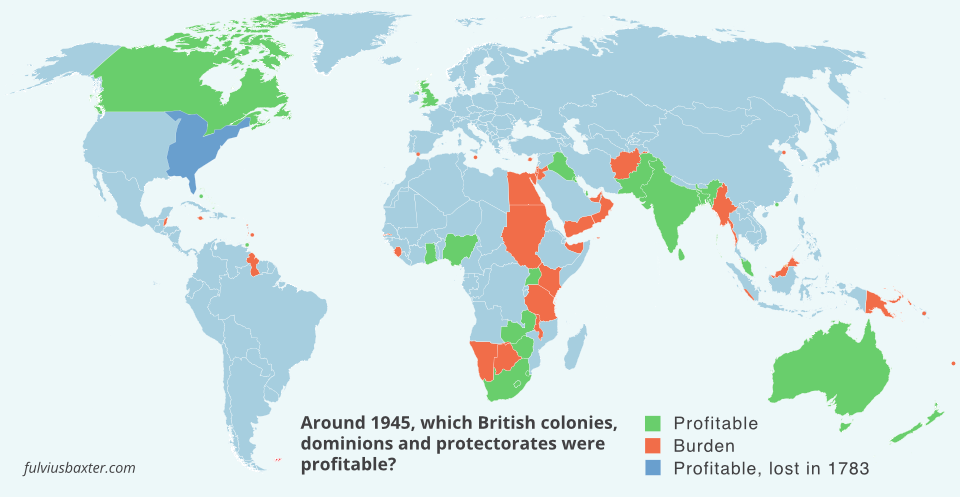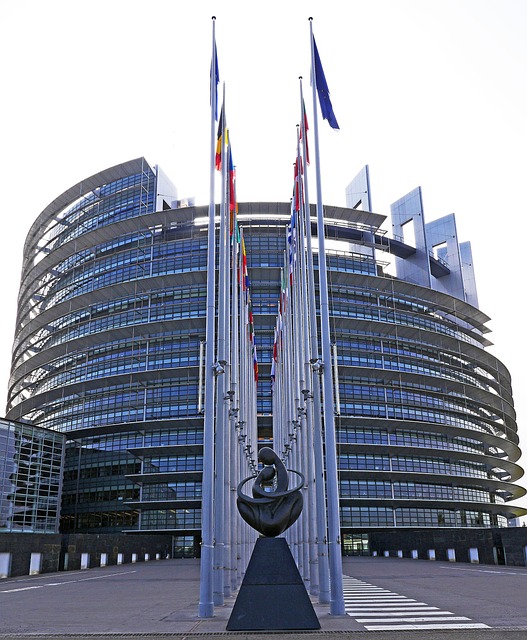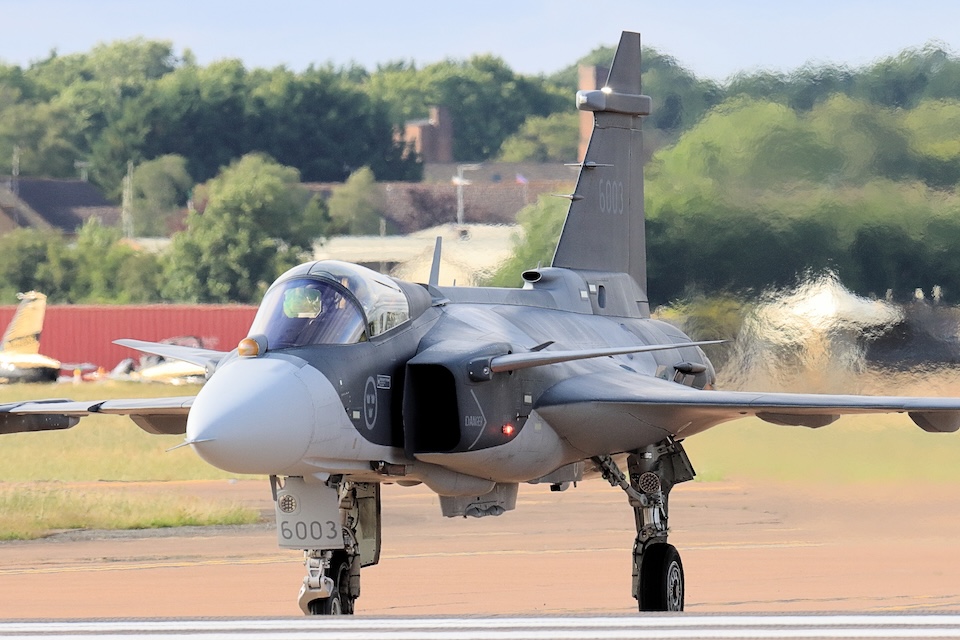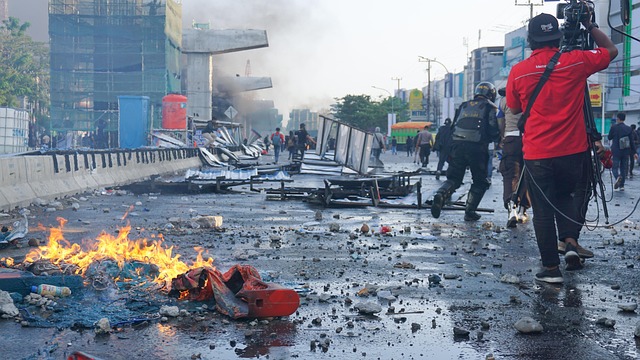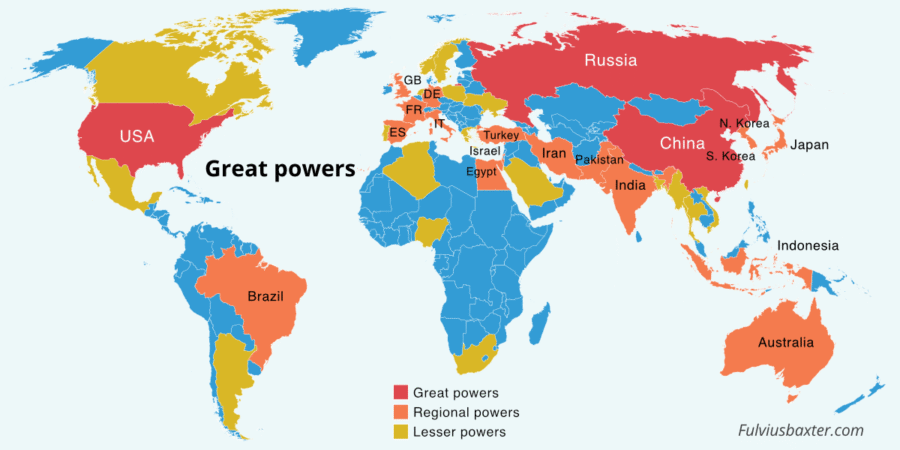
The map includes the three great powers (red). It also includes countries with access to nuclear weapons (orange), altogether the 20 strongest military powers according to Global Firepower. I have excluded Ukraine, which was last on the list. Although they have a strong army, their military power is heavily dependent on support from NATO members. We also do not know how much of their weapon systems remain, or whether the country will even exist in its current form tomorrow. Instead, I have added North Korea, which is a nuclear power and therefore deserves a place on the list.
Poland, Taiwan, Vietnam and Saudi Arabia were also high on the list, but I drew the line at 20 countries for the strongest military nations. One could also debate whether Israel is really a regional power, as it is a small country that is dependent on the United States. But since they have nuclear weapons, they are still on the list.
The lesser powers are marked in yellow, the rest in blue.
Europe is united — and not. The situation is reminiscent of ancient Greek city-states, constantly in conflict until they were conquered by Alexander or the Romans. In modern times, it’s the Americans who have “conquered” and unified Europe since the end of World War II. If they were to withdraw, would old grievances resurface? A truly unified Europe could become a superpower — especially if Russia were part of the equation. These are the kinds of questions that may determine the continent’s future.
Asia is home to several great powers and a mosaic of peoples, cultures, and religions — Islam, Hinduism, Taoism, Buddhism, Shintoism, and more. One might expect conflicts here, but in practice, the situation is often stable — as between the nuclear powers India and Pakistan, where border disputes flare up but rarely escalate. The deterrent power of nuclear weapons prevents large-scale wars — the risk of catastrophe is too high.
If the U.S. were not involved in Middle Eastern politics, the region would likely be divided between the Turks, Iranians, and Egyptians — the natural regional powers. Saudi Arabia may be wealthy, but its population is small and unlikely to sustain a prolonged war. Israel, too, would not survive without external support.
The American continent is dominated in practice by a single superpower — the United States. Brazil has emerged over the past few decades as a strong regional actor and deserves mention. Between them lie many militarily weaker nations. Mexico, for example, is a large country but lacks a functional air force — which may seem odd unless one remembers the dominant role the U.S. plays in the region. Mexico functions as a buffer state, much like Ukraine did before 2014.
Buffer states are typically neutral and keep a low profile toward the regional power. This may seem like a difficult or humiliating role, but such countries can also benefit from their neutrality — for example, by acting as trade hubs between superpowers. Finland during the Cold War and Switzerland before the World Wars are two historical examples.
Africa lacks true great powers, with the exception of Egypt in the north. From a military perspective, this leaves the continent vulnerable to exploitation by stronger nations. Through military or economic pressure, external powers can gain access to Africa’s natural resources. In a multipolar world, some form of neo-colonialism is likely to resurface.
The world will increasingly be divided into spheres of influence. Superpowers may negotiate over these — or engage in conflicts along their borders to gain ground, control trade routes, or limit their rivals’ influence. We already see several such conflicts today. But the more balanced the global power structure becomes, the more pressure there will be to resolve disputes at the negotiating table. And I believe we are slowly heading in that direction.


